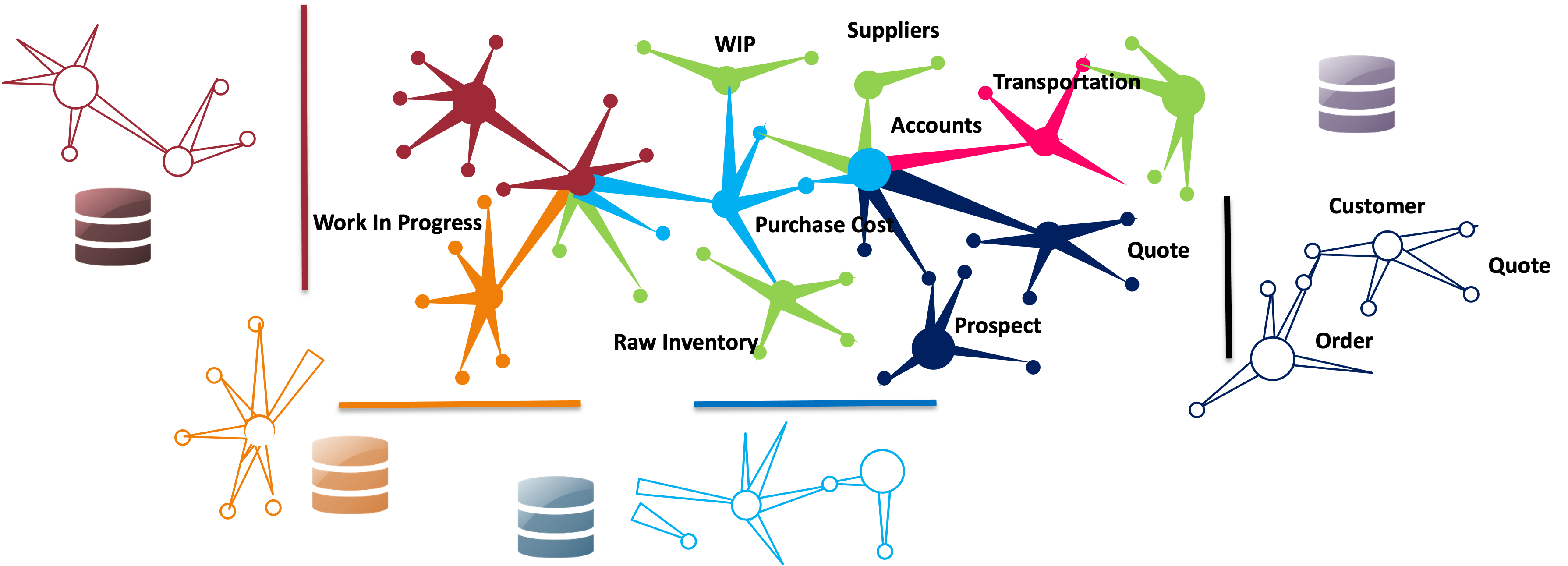Unified Enterprise Data Model

We defined what is integrated data. We need a model to act like a guide or a map which we can use to navigate how data is structured across the various domains use it to as a guide to integrate these various domains into a single unified view to achive integrated data.
A Unified Data Model is an inclusive data framework that consolidates and standardizes the structure of data across an organization. It brings together different data models from various sources into a single, coherent structure. This unified model is designed to accommodate both the commonalities and the unique aspects of different data sets, allowing for consistency and compatibility across various data systems.
According to me there is a need for an enterprise wide for 2 main purposes. For planning we use an unified conceptual data model and for integration and unified business data model.
Unified Enterprise Conceptual Data Model - A model for data strategy and planning
First we want to know what is the data we have to undertand what we need to plan and manage. We need an outline the overall structure and purpose of the data within an organization. We need a strategy and planning tool which we can highlight where are the architecture gaps, which data domains we need to invest and plan a transition on these gaps to the desired target architecture. A tool which is accessable to both Business stakeholders, technology leaders and data investment decision makers..
I have a page on how we can build an enterprise wide domain level model. This is a tried and tested tool to long-term plan and orgranize data and analytics architectures. Below is an example of how we can use such a conceptual domain model.

I have seen very often trying to use relationships across these large level concepts but they truly dont add value to the intended audience and can cause confusion to the model.
